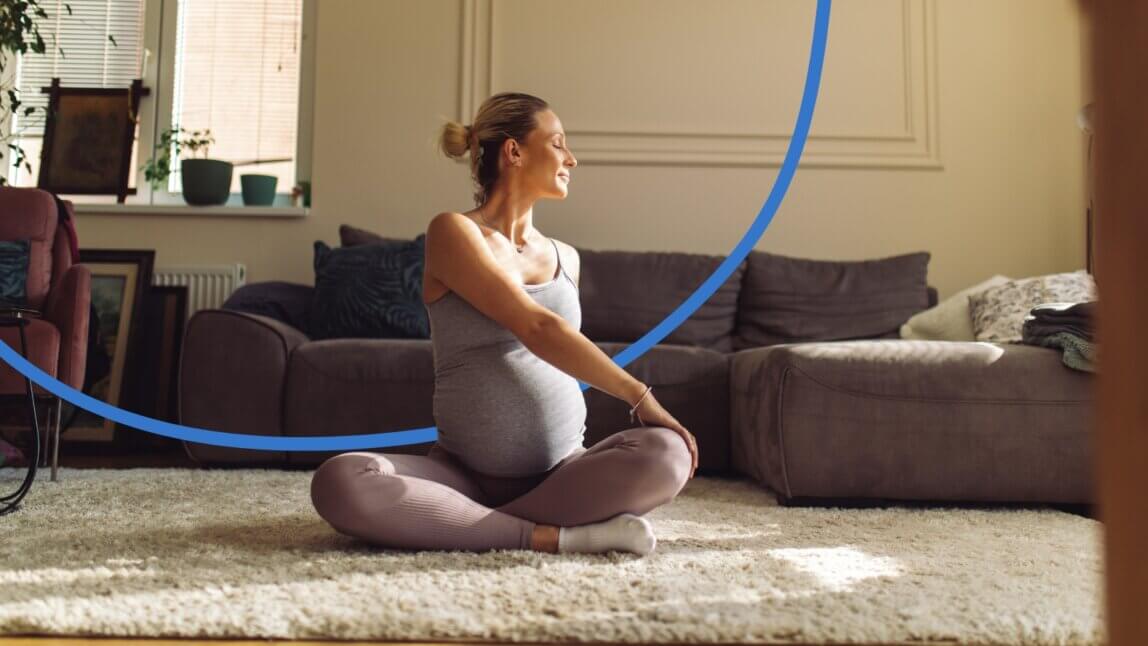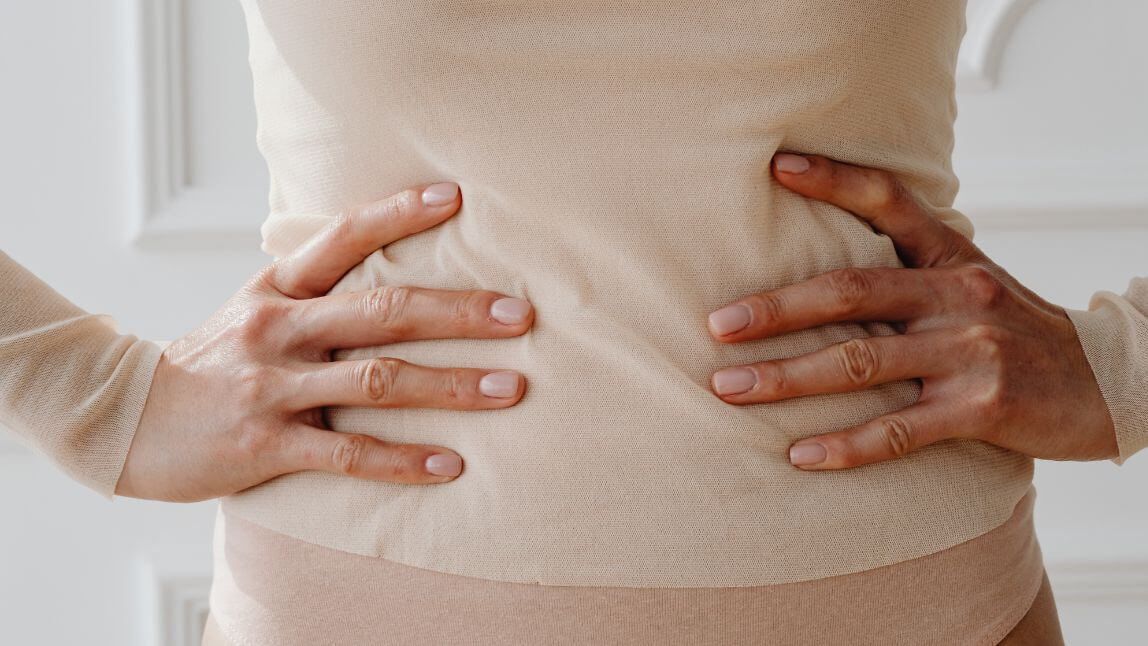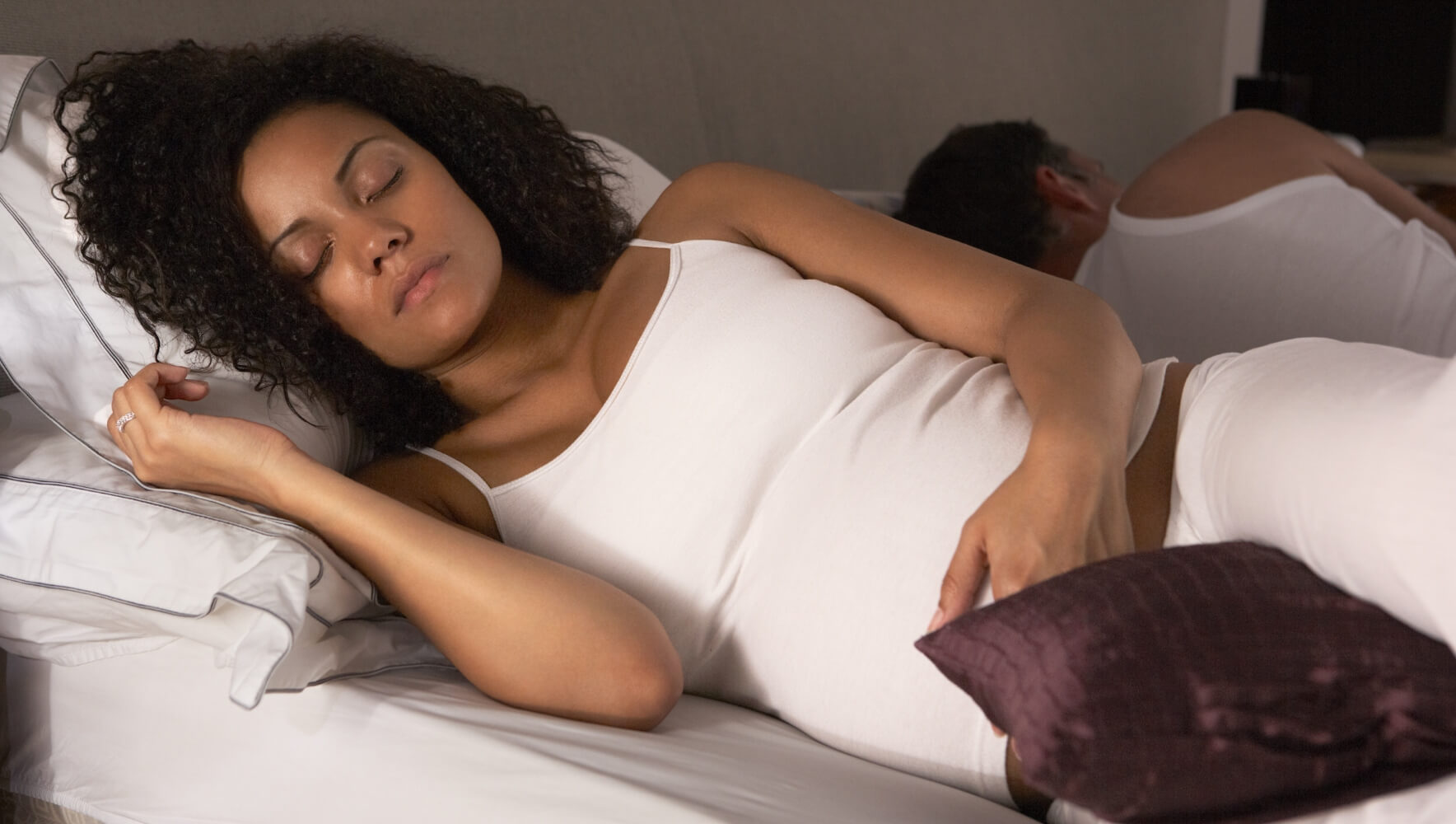
Easing Lower Back Pain During Pregnancy
Discover practical strategies to alleviate lower back pain during pregnancy, from posture tips to safe exercises.
4 min read

Further Reading
-
 Prominent Fortune 150 company sees 3X ROI and $990K in cost savings with Kaia Health.2 min read
Prominent Fortune 150 company sees 3X ROI and $990K in cost savings with Kaia Health.2 min read -

Effective Fall Prevention Strategies for Seniors
Falls are alarmingly common among older adults and are a leading cause of injury, according to the CDC. But you don’t have to accept falls as an inevitable part of aging.3 min read -

What You Need to Know About Pelvic Floor Health
Expert Advice from a Certified Kaia Coach8 min read
